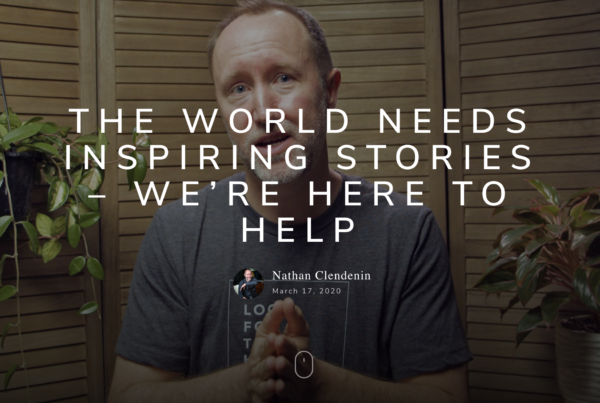The word ‘story’ can be confusing. I know we’re not talking about a fairy-tale, but what? Brand marketers say “Tell your story!” – but what does that mean?
A story in its simplest form describes a journey of someone who wants something. But getting that something doesn’t come easily. A good story has desire and conflict. The main character wants something, but obstacles keep them from getting it. Desire and obstacles together create tension. Tension keeps your audience’s attention, by posing a question that demands an answer. They’re sticking around to find out the answer to the question. Finally, when we can relate to the character’s struggle, our emotions get involved. And that’s good for your marketing efforts.
Here’s a great example from Amazon Japan.
Cute, right? The family’s newest addition of a baby means the dog is taking the back seat. The dog, as the main character, wants back in. But there’s a struggle – this baby is too cute! The question is posed:
Will the family dog ever get back into the inner circle of love, or will the baby win the cute war?
Why would this be relevant for the viewer? Amazon Prime doesn’t want you to know that they have same-day shipping, we already know that. They want you to know that same-day shipping can save the day. This positions Amazon Prime as much more than a convenient way to shop. Amazon Prime helps babies and dogs get along. How genius is that?! They made us feel tension, which kept us watching. We’re rooting for the dog and feel a big pay-off when he makes it back. Along the way to that emotional high, we learn that Amazon can bring families together.
How should you incorporate story into a marketing context? No matter what you’re selling, the story you tell should focus on the journey of your customer. The best way to target your audience is by sharing a story they can relate to. Position your company as a guide that will help them overcome their obstacles.





